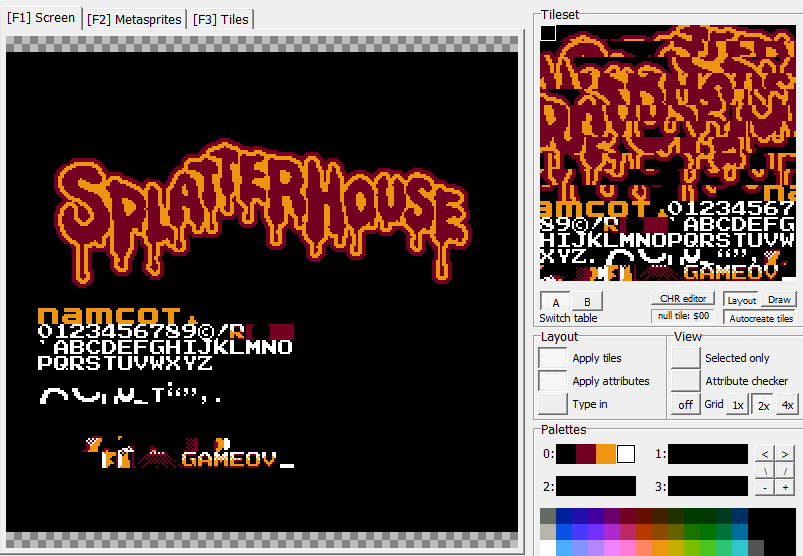First of all, thank you very much for the prompt response, I would like to make a couple of considerations on two points of your return, since I feel that I have not been able to correctly express what I was trying to say, causing confusion.
Regarding point (5), I do not pretend that the application resolves my designs, so to speak, but to be able to take more advantage of a tool that already exists.
Currently, if I need to adjust my designs to a space constraint using lossy compression, the only way I can do it is by adding extra data that prevents it from taking up more sprites than I can spare in this process, the problem with this is that if they are not different enough from what I am compressing, they are optimized with the rest of the image, causing me to repeat this operation an infinity of times.

In conclusion, this process requires a great deal of manual correction, so I don't think it does the work for me, but it helps me know where to put my eyes when starting to make the necessary simplifications to adjust my projects. to the limitations of the system, so if you could define the lossy import being able to configure from the beginning "X" number of sprites, it would significantly reduce the workload of many artists.
(7) Actually, the problem is not to do it, but to do it manually, I mean, to achieve this effect, just load the CHR in any image editor and superimpose one part of the tileset on the other using a slight transparency in one of the layers , to achieve the mixing effect, taking into account the blocks where one or another group of attributes will be used, of course.
But after the sprites are mixed, it becomes a real headache, putting together the final title screen, because the more data the layout contains, the more difficult it is to find each sprite and put it in its proper place with the correct attributes. .
Although in any case I am aware that this is my most unreal request, so I understand that it is not taken into account, I just wanted to clarify my point, greetings.

